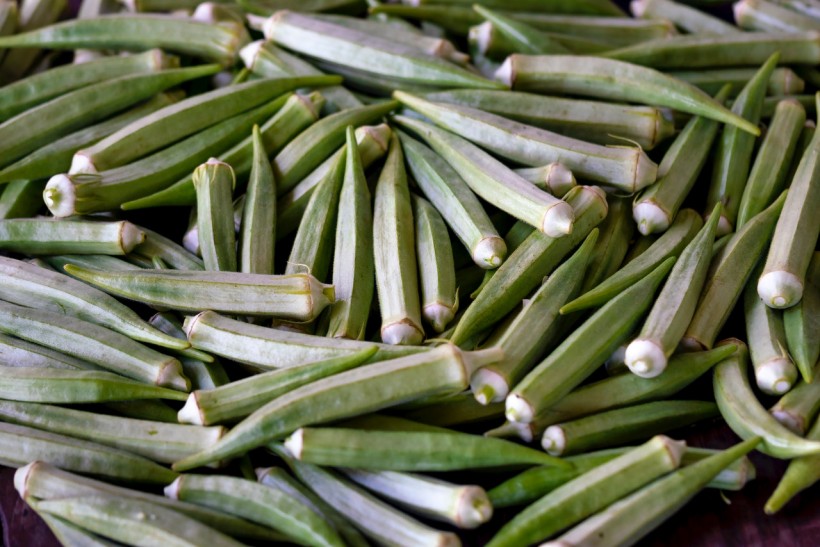Okra and other plants with slimy properties are theorized to have the capacity of removing microplastics from wastewater. The composition hidden in these alternatives could eliminate the dangerous and tiny substances that could harm both the environment and human health.
Okra as Water Cleaner?

The latest research on microplastics was presented to the prestigious American Chemical Society at the end of the first quarter. Based on the spring report, a novel approach to the sustainable and effective treatment of wastewater was developed.
The new method could clean wastewaters by utilizing natural components in vegetables, rather than today's harmful choices, including synthetic chemicals that cause plants to decay and illnesses to humans.
Tarleton State University expert and lead of the study Rajani Srinivasan explained in the meeting that a system that can remove microplastics and other dangerous materials from water could be constructed using a non-toxic and natural choice.
Among the team's selected cleaning specimens are okras. The vegetable is known to have a thick agent that is commonly included in a wide range of cuisines of many cultures. The use of okra could be found in many foods from Asia to the Americas.
Srinivasan's previous studies found that the goods found in okra and other plants have effective properties that could eliminate tactile-based pollutants from water. In addition, the vegetable substance can clean even clusters of microorganisms.
In the new study, experts demonstrated a way for the plant compound to work with microplastics equally.
Microplastic Pollution in Waters
Ingested microplastics are a problem that scales to five millimeters or less. Many investigations showed that these materials are capable of harming fish species. When consumed along with the natural foods, the ingested microplastics could stunt the growth of the swimmers, disrupt their reproductive functions, and damage their liver organs.
Global microplastics have originated from approximately eight billion tons of plastic waste thrown from households to industrial-scale businesses since the 1950s, PhysOrg reports. Since the accumulation of the total amount of this plastic trash, less than ten percent were only recycled up to this date.
The remaining rates of the plastic wastes break down to tinier pieces that make up microplastics. The materials can be found in many parts of the globe and exist in waterways, soil, air, oceans, and even in our food.
The health impacts of microplastics on humans are currently under study. Despite not being established yet, much research has shown that tiny pollution could risk human health in many ways.
Microplastics could either be mutagenic or carcinogenic, a state that could increase the chances of DNA mutations and cancer development.
Polysaccharides, which are helpful substances from okra and other plants, perform effectively when paired. The solution works not just in small wastewater containers, but also in larger volumes such as freshwaters from oceans.
Further research will be conducted to simulate the effects of other plant substance combinations, and how they would be commercialized for providing better access to clean drinking water.
RELATED ARTICLE: Electric Car Battery Chemical Can Work as Efficient Rocket Fuel, Study Says
Check out more news and information on Chemistry in Science Times.














